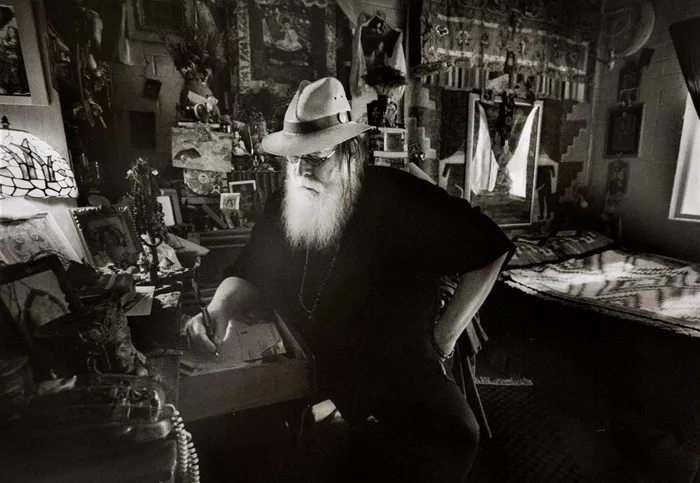Welcome to Poem of the Day – Pictures at an Exhibition by Norman Dubie.
Norman Dubie’s poem “Pictures at an Exhibition” is a beautiful and intricate work that weaves together the worlds of visual art and poetry. This poem explores themes of memory, the passage of time, and the emotional responses that art can provoke. As part of his poetic repertoire, Dubie effectively combines his mastery of language with his understanding of the human experience. In this article, we will break down the meaning and significance of “Pictures at an Exhibition” and provide a clear and logical explanation of the poem.
Pictures at an Exhibition Explanation
Understanding the Title
The title of the poem, “Pictures at an Exhibition,” immediately draws a connection between visual art and poetry. The phrase suggests an exhibit, where various pieces of art are displayed for public viewing. This setting forms the backdrop for the poem, giving readers the sense of walking through a gallery, experiencing different emotions and reactions to the displayed artwork.
The First Impression
At first glance, the poem may appear to be a straightforward exploration of an art exhibit. However, as we delve deeper, we see that the poems act as metaphors for the larger aspects of life. Dubie paints vivid pictures with his words, but these “pictures” are not simply representations of art in a physical sense; they are reflections on the complexities of human existence.
Imagery and Symbolism
One of the key strengths of “Pictures at an Exhibition” is Dubie’s use of imagery. He carefully selects words to evoke a sensory experience, allowing the reader to feel as though they are standing before the artwork. The images Dubie uses, however, are not just there to create a visual impression. They serve a symbolic purpose, connecting the world of art to the emotional landscapes of the human condition. Through his rich imagery, Dubie explores deeper ideas like love, loss, and reflection.
Themes of Time and Memory
As the poem moves forward, it becomes clear that time and memory play a significant role. The exhibition, while showcasing pictures, also evokes the passage of time. The paintings represent moments that have passed, frozen in time but still full of emotion. This theme is evident in how Dubie refers to both past and present throughout the poem, encouraging readers to reflect on their own memories and the fleeting nature of time. The idea that these images capture “what was” adds a layer of introspection, urging the reader to think about how time influences our own lives.
Emotional Response to Art
Another key element of “Pictures at an Exhibition” is the emotional response that art elicits. Dubie’s characters react to the paintings in ways that reveal their innermost thoughts. Some may feel awe or wonder, while others experience sorrow or nostalgia. This emotional connection highlights the power of art to resonate with individuals on a deeply personal level. In the context of the poem, the paintings become mirrors for the emotions of those who observe them.
Structure and Flow
The structure of the poem mirrors the movement of a gallery visitor. Just as one would move from one painting to the next, the poem moves fluidly from image to image. Dubie does not present these images in a linear or predictable way. Instead, he allows the poem to unfold in a manner that mimics the experience of exploring an art exhibition, where the viewer might pause and linger at certain pieces or swiftly move past others.
Conclusion
In conclusion, “Pictures at an Exhibition” by Norman Dubie is not simply a poem about visiting a gallery; it is a deep reflection on how art can capture the essence of life. Through his rich imagery, symbolism, and exploration of memory, time, and emotion, Dubie invites readers to think about their own experiences and the ways in which art influences them. By the end of the poem, we are left with a profound sense of connection—not just to the art on display, but to the human experience itself.
Dubie’s poem is a beautiful meditation on the power of art to reflect our deepest emotions and experiences. It asks us to consider how we relate to the images we encounter and how those images, frozen in time, can evoke strong emotional responses. “Pictures at an Exhibition” invites readers to engage with the world of art in a way that is not just visual, but emotional and reflective.

